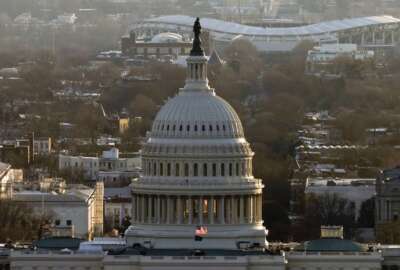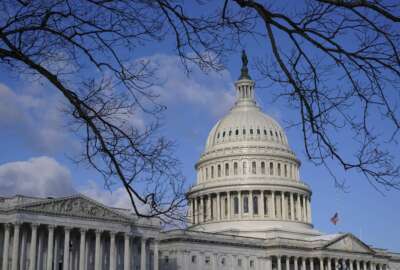Civil Servants As Millionaires?
There are 185 federal workers with million dollar Thrift Savings Plan balances. Who are they and how did they do it, Senior Correspondent Mike Causey wonders?
If you work for the federal government there are two (legal) ways you can become a millionaire. (Marrying a wealthy person works, but it doesn’t count.)
A) You can do it the hard way by throwing yourself into an extended federal career and max out in your Thrift Savings Plan (and hope for the best) , or
B) You can become a millionaire and THEN get a government job because you want to serve your country, would like to contribute and also know the value of health insurance for life. A goodly number of senators and representatives fall into that category.
Currently, there are approximately 185 TSP millionaires with account balances of more than $1 million. That’s out of 4.4 million people (active and retired, federal and military) with TSP accounts. The average account balance of the TSP millionaires as of last July was $1,258,461.34. For more on the numbers, click here:
Obvious question. How did they do it?
A few high-income feds have or are approaching million-dollar balances. They’ve been in government a long time, maxed out in their TSP contributions and — if under the FERS retirement program — made sure they contributed enough (5 percent) to get the full 5 percent match from Uncle Sam.
Many if not most of the TSP millionaires came into government after long, and obviously successful careers in the private sector. Most are believed to be political appointees, elected officials (lots of millionaires in Congress) and highly compensated lawyers who joined Uncle Sam as federal judges.
But don’t feel bad if your TSP account is less than a million. A substantial number of feds have $500k or more in the federal 401k plan.
As of June 30, the average TSP balance for workers under the old Civil Service Retirement System (CSRS) was $81,875.96 and the average TSP balance for the majority of investors, who are under the Federal Employees Retirement System, was $81,144.40. That’s up from December, 2009, when the average account balance for both groups was $68,000.
Most investors appear to be happy with the TSP and its lowest-in-the-business administrative fees. But there are some who want more choices. They would like the option of being able to invest in things like gold or precious metals, or in tech stocks, REITS, or enviromentally-oriented funds or in minority-owned businesses. Many of them believe Congress (which created the TSP and laid out the investment blueprint) is being overly paternalistic. Typically they say “It’s my money” and they should be able to invest it in funds with a higher risk/higher return potential. That prompted this comment from a reader/listener:
“I heard you on the radio talking about individuals who think the government is holding them back and denying them the chance to make more money. Their mantra is ‘It’s my money.’ I agree. Let them take there money (however not the 5 percent matching contributions from their agency) and invest it where they want. Let them also pay the much higher fees that are assessed by sector funds. And at the end of the day, when the vast majority lose their shirts, let them take a vow of silence.” Tom T.
MIKE’S TAKE
In this week’s column on WTOP.com, Mike shares how he has successfully learned to be a “fireproof” employee … for life.
NEARLY USELESS FACTOID
By Jack Moore
Federal News Radio
German company Henkel marketed the world’s first glue stick in 1969. The school-supply staple was invented by Dr. Wolfgang Dierichs, who said he was inspired by a woman’s tube of lipstick.
MORE FROM FEDERAL NEWS RADIO
VA opening up its e-health record
The Department of Veterans Affairs has taken a major step toward opening its electronic health record system to open source development.
Muslim feds reflect on 9/11 [multimedia]
Hear in their own words how five Muslim federal employees were treated after 9/11 and how the event changed their careers.
Copyright © 2025 Federal News Network. All rights reserved. This website is not intended for users located within the European Economic Area.





